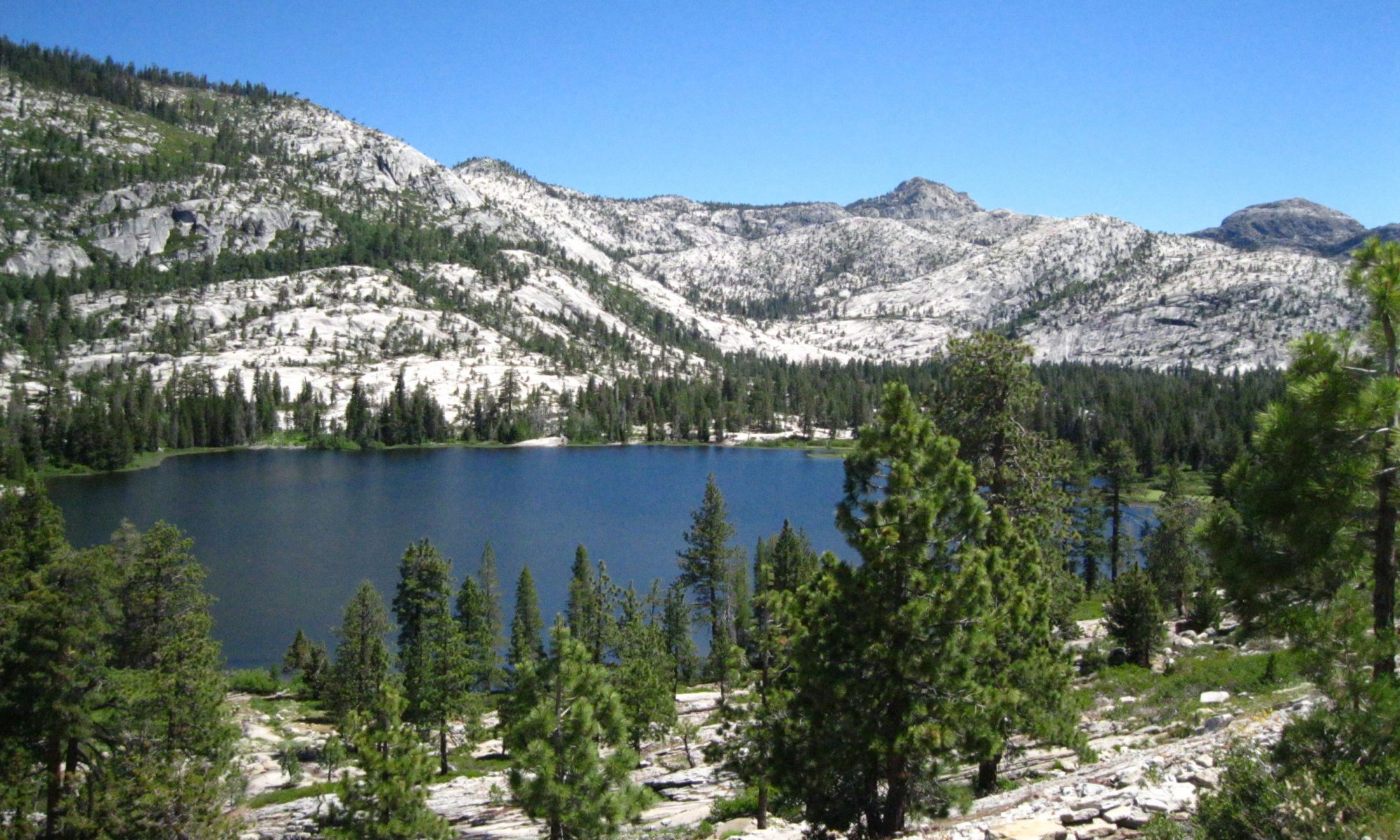SALVADOR, BA– I recently had the amazing opportunity to travel to the state of Bahia, Brazil. To the pulsing, lively, vibrant city of Salvador. My goals were to take a course in Portuguese, stay with a host family, and learn more about the art of Capoeira right from the source. While these goals were certainly a lifetime opportunity, the deeper realizations from them offer other life changing opportunities not yet manifested.
As I mentioned, Salvador is the birthplace of the art of Capoeira. The Portuguese colonists took with them a tragic slave trade, which lasted longer than any other slave industry in the world. Almost 4 million displaced Africans took with them similar fight dances to Capoeira, which laid the art’s foundation to what it is today. In Brazil, interactions with diverse people groups, the social and political structures, as well as the local sense of place and environment, shaped the art. During the time of Slavery, it was a way to train, stay empowered, maintain a cultural identity, and more. Today, it is an active and growing symbol of freedom, birthed from a resistance to oppression and domination. For a more detailed history of the art itself, click here.
The aspects I’d like to focus on here are the environmental and social implications of Capoeira, and how it relates to me, a North-Midwestern white guy. As early as the 1600’s, escaped slaves would find fortress at inland communities called Quilombos. Here hidden in the forest, Afro-Brazilians would learn from the indigenous peoples of Brazil about food, housing, and lifestyle. Communities would thrive in these settings for years, defining a new sense of identity, livelihood, and freedom in a strange new world. While the center of Capoeira is Salvador, this environmental element is also a major part of its history. It’s an art that fights for a deep sense of freedom, in which social and environmental aspects are connected. As the Portuguese colonists began a pattern of land use that fragments forests and converts the land into a profit-based machine, the Quilombos sought insight from indigenous peoples to live and grow in a different way. This alternative included a reverence and an understanding of the local surroundings, some of which were located on plateaus. Similar to the US, the powers of Portuguese colonial trade and development long ago didn’t yield to seek council from those who already lived there. Now today the left over status quo of development echoes the colonial values. This is not to say that society should be a primitive landscape, but creatively planned to coexist with nature, which is an asset that everyone deserves for health, well-being, and inspiration.
One observation I made in Brazil pertained to the issue of poverty. As the poor communities, favelas, expand between pressures of population growth but not having anywhere to go, they expand to wherever they can in the struggle for survival. At times this could be a park or Wildlife Preserve. Instead of being mad at the poor for despoiling nature however, the interesting part is that developers then buy land that was already built on by a poor community. This allows for an excuse of “it was already developed” when building on illegal land, and opens the window for a profitable development. This development is then built for the middle and upper class. Although in the US high rises are often a means of affordable housing, I learned that in Brazil high rises are more of a wealthy, glamorous home. As the new apartments are bought and inhabited, the cycle continues because profits are made, the new housing wasn’t for them, and a safe, stable place for the poor remains elusive. In the US, this cycle plays out differently but has a similar theme of profit over community. Consider this:
“But the poor person does not exist as an inescapable fact of destiny. His or her existence is not politically neutral, and it is not ethically innocent. The poor are a by-product of the system in which we live and for which we are responsible. They are marginalized by our social and cultural world. They are the oppressed, exploited proletariat, robbed of the fruit of their labor and despoiled of their humanity. Hence the poverty of the poor is not a call to generous relief action, but a demand that we go and build a different social order.”
― Gustavo Gutiérrez.
While in Brazil, I was amazed to realize the deep significance of the music and dance of Capoeira, at times even to the scale of a religion. I realized that such a localized and specific art didn’t have to be widely open to all. Yet here it is spreading all over the world, and here is a lineage of Mestres (Masters) inviting anyone interested to partake (with patience and practice that is). Then it hit me, that at home in the Midwest (WI/MN), those who don’t know about Capoeira initially consider it to be something exotic, foreign, and less applicable outside of Brazil. But could it be, that Capoeira is finding a home all over the world where it is needed most? Did Mestre Bimba and Mestre Pastinha see that the issues of Brazil echo issues around the world? Could it be that all are invited to learn and train Capoeira because it is a gift unto the world to fight the existing oppression and injustices, a tool to build a new reality?
What could the world look like with an ethic of the Quilombo?

